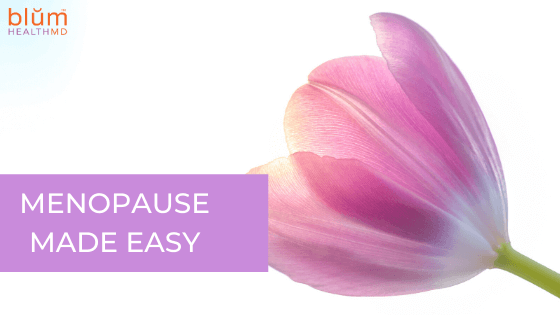
Ok, let’s face it…every woman will transition through menopause, whether they like it or not. For some of us, it happens without any fanfare. One day your period is gone, and you’re done! (Yes, ladies, this does happen for some women). For others, it is a nightmare with hot flashes and sweats during the day and night, often ruining what used to be a good nights’ sleep. Other symptoms may include difficulty with memory, sometimes called ‘mental-pause’, low sex drive and painful intercourse when you do decide to make it happen.
So what is going on? One theory is that estrogen receptors in the brain become starved of estrogen, and this affects temperature regulation and memory. While this makes a lot of sense, there has to be more to it than that because all women have a loss of estrogen during menopause, but only some women suffer symptoms. To understand this, let’s look at the other influences on your hormones that could be the culprits.
First, you must look at your entire endocrine orchestra and make sure all of your hormones are working optimally. These include your thyroid hormones, your adrenal hormone cortisol, and also your blood sugar hormone insulin. If any of these are out of balance, your sex hormones will be too, and you are more prone to having menopause symptoms.
Second, you must look at your detox system and make sure your liver is doing a good job of processing both every day toxins and metabolizing your hormones properly. Even after menopause you should have some healthy estrogens in your body, and these need to be processed. Faulty estrogen metabolism can result in more symptoms.
What can you do? Here are 5 tips to help make menopause a non-event.
- Eat for hormone balance. This means eating protein (vegetarian or animal) and plants rich in fiber with all meals and cut out the processed sugar. This will keep your insulin in balance.
- Have your thyroid checked, including the hormone T3. If you are already hypothyroid, make sure you aren’t taking too much or too little medication.
- Do an adrenal saliva test to make sure your adrenals are healthy. An integrative practitioner can help you do this. Live in our neighborhood? You can have a consultation with one of our practitioners at Blum Center for Health for testing.
- Improve your estrogen metabolism by eating cruciferous vegetables, rosemary. Consider trying the supplements DIM (Di-indole methane), methylfolate and methylcobalamin.
- Beware of alcohol and caffeine. They can make your temperature system go haywire during this time of transition.
- Consider a safe and medically sound liver Detox program. Renew your body by eliminating your toxic load and resetting your hormones. Try our 14-Day Whole Life Detox.
Try one or more of these steps and evaluate how you feel. Let me know how you are doing!
